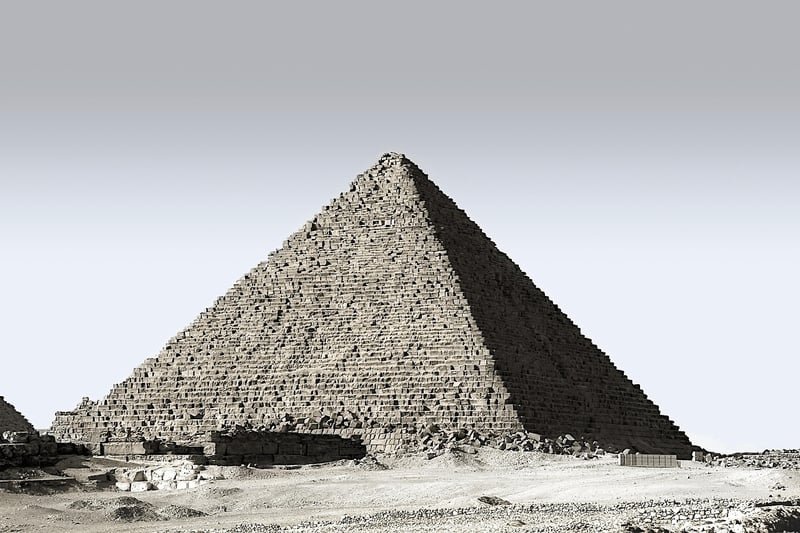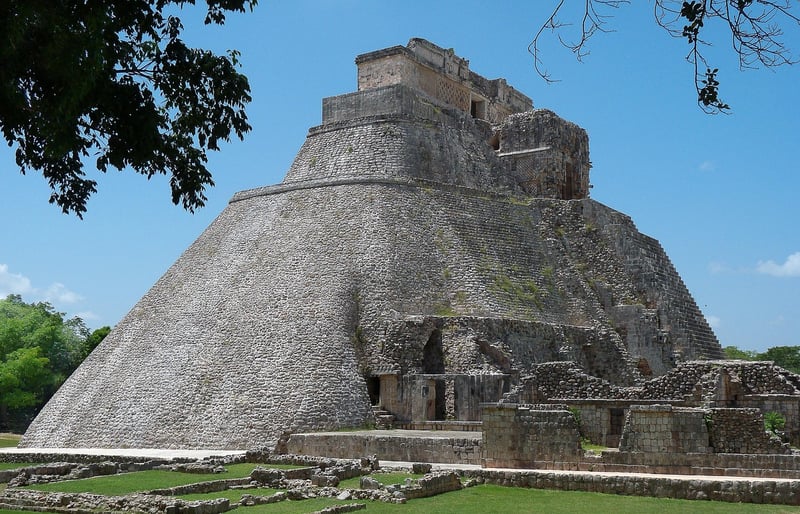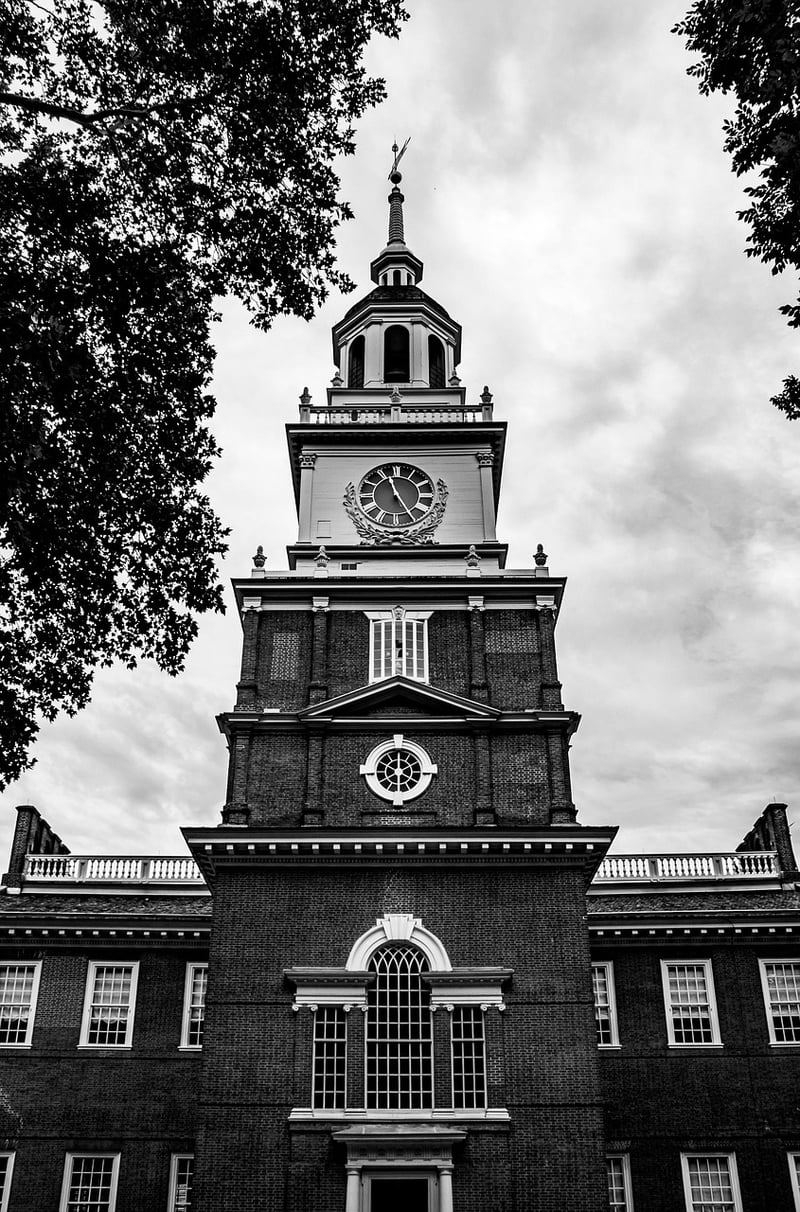Revolutionary Movements
Exploring Key Locations in History and Revolutionary Movements
Introduction
History is filled with key locations that have played pivotal roles in shaping the world as we know it today. From ancient civilizations to modern revolutionary movements, these sites hold significant historical value and provide insight into the events that have shaped our societies.
Ancient Civilizations
Ancient civilizations such as the Egyptian, Greek, Roman, and Mesopotamian empires have left behind remarkable remnants of their existence. The pyramids of Giza in Egypt, the Acropolis in Athens, the Colosseum in Rome, and the ruins of Babylon in Iraq are just a few examples of key locations that offer a glimpse into the achievements and lifestyles of these ancient peoples.
Pyramids of Giza

Acropolis, Athens

Colosseum, Rome

Ruins of Babylon

Revolutionary Movements
Throughout history, revolutionary movements have sparked change and transformed societies. Key locations associated with these movements have become symbols of resistance, freedom, and the fight against oppression.
Bastille, Paris
The storming of the Bastille in Paris on July 14, 1789, marked the beginning of the French Revolution. This event symbolized the fight against tyranny and the struggle for equality.

Independence Hall, Philadelphia
Independence Hall in Philadelphia is where the Declaration of Independence and the United States Constitution were debated and adopted. It is a key location in the history of the American Revolution and the founding of the United States.

Tahrir Square, Cairo
Tahrir Square in Cairo, Egypt, was the focal point of the 2011 Egyptian Revolution. It became a symbol of the people's demand for political change and social justice.

Conclusion
Exploring key locations in history and revolutionary movements provides us with a deeper understanding of the events and forces that have shaped our world. These sites serve as reminders of the struggles, triumphs, and transformations that have marked human history.
